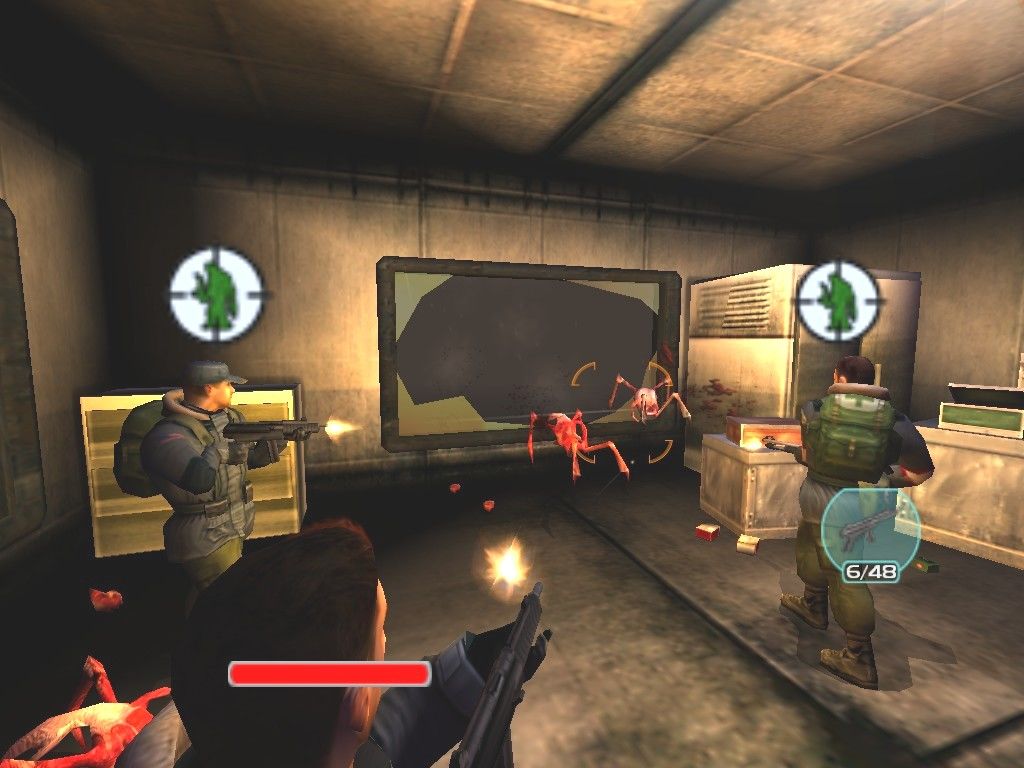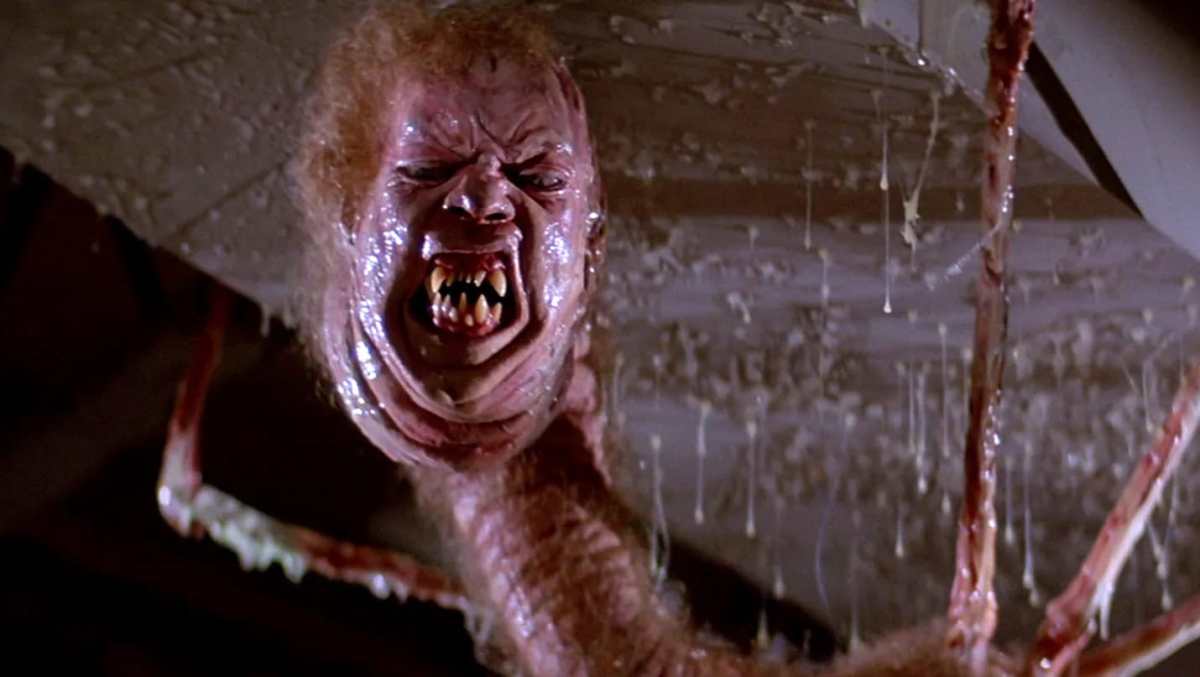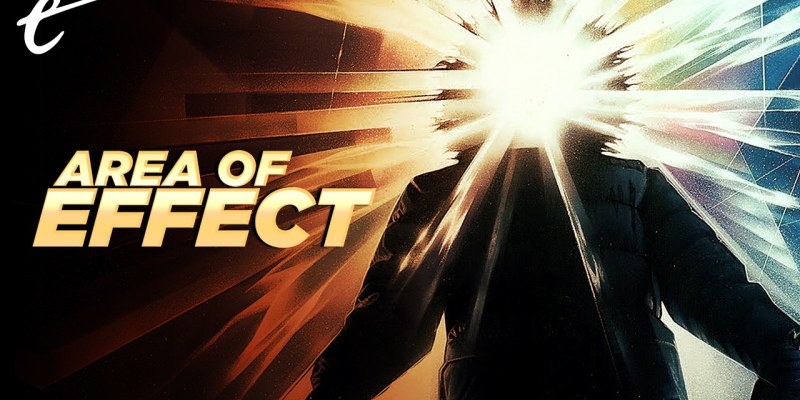It’s high time that we got a new The Thing. No, I’m not talking about a movie, though Blumhouse is apparently doing something with John Carpenter’s isolation-heavy horror. Instead, it’s time to thaw out the organism from hell and give The Thing a new shot at being a video game.
For the uninitiated, John Carpenter’s The Thing is a 1982 movie based on a 1938 novella (not to be confused with the 1951 film adaptation or 2011 prequel) that pits an Antarctic research team against an unearthly organism that’s infiltrated their base. They’re in the middle of nowhere, and with no crew coming to relieve them, there’s no place to run. So far, so Alien.
The twist, the one that transforms The Thing from a by-the-numbers monster movie into something truly special, is that the alien lifeform can absorb, duplicate, and even infect other organisms. Physical contact is enough for the Thing to slowly take someone over, and since the duplicates / infected retain their memories, anyone and everyone could be the Thing.
As Kurt Russell’s character, MacReady, puts it, “Nobody trusts anybody now… and we’re all very tired.” And although the physical special effects in the movie are phenomenal, it’s the sense of paranoia that makes the movie shine.
2002 saw the release of a The Thing video game, a direct sequel to Carpenter’s original, but it was “survival horror by the numbers” for the most part. Instead of dealing with a hidden menace, you were assaulted by enemy upon enemy who’d just belt right at you, with zero sense of self-preservation.

There was an infection and freak-out system in place so that, on the odd occasion, you’d have an AI-controlled squad mate take a shot at you. But all your squad mates were scripted to “burst out” at specified points, if they were still alive. It didn’t matter if someone just delivered a blood test; the moment you hit that invisible marker, they’d descend on you with their fleshy lobster hands.
But now, we’re at a point where publishers and developers have realized that horror doesn’t have to be someone wandering around a decrepit mansion wielding the world’s weakest flashlight. Procedural generation, once almost exclusively reserved for roguelikes, is much more commonplace, and it’s not restricted to level generation. Permadeath too crops up more and more, either as a game’s primary mechanic or as an optional feature that can be enabled by the player.
Then there’s Among Us, which drew direct influence from The Thing to illustrate what a healthy dose of in-fighting can accomplish in gameplay. The Impostor or Impostors can murder the living daylights out of their crewmates, but Impostor survival often depends upon making the other players falsely suspect each other of being the threat. As an Impostor, it’s so satisfying to watch people wrongfully eject each other into the void.
There’s a fantastic scene in The Thing where the main characters are standing around the charred remains of a duplicate, and MacReady gives a speech about how he knows they must be human because they’ve not attacked him. It’s a great moment – just thinking about it gives me the chills. However, the movie later reveals that MacReady wasn’t necessarily right – Things just can’t sense who other Things are.
So, imagine that same scene and you’re one of the Things. Do you take the chance that there are enough of you to overwhelm MacReady? Among Us lets you know who the other Impostor is (if there is one), but in the world of The Thing, you don’t have that luxury.

The Thing is such an exercise in mistrust that it cries out for some kind of multiplayer element in a new video game. That’s not to say that a new The Thing game should be an ironic Among Us knockoff, but shoehorning it into a linear single-player experience wouldn’t be the best idea, as 2002’s The Thing video game proved.
If anything, procedurally generated levels would be the way to go. You’d turn up at Outpost 31 (or whatever location), a fresh-faced researcher, and have one or maybe two in-game days to familiarize yourself with the layout. You know that one of you is going to become the Thing – the clue’s in the name – but it’s not till nightfall that one of you is “chosen” to be the organism.
While I often roll my eyes at “hunger” and other survival mechanics, here they could be more than just some tedious need to attend to. The film follows up on the issue of people preparing their own food for fear of being infected, and it’s a perfect topic for a The Thing video game to tackle. What happens when one of the other team members discovers you’ve been hoarding cans in your room?
Single-player The Thing wouldn’t necessarily have to be you against AI bots, however. Games like Left 4 Dead, Song of Horror, and so on employ an AI director to keep players on their toes, delivering a shock and then backing off, giving you breathing room but also letting the tension build. Apply this approach to a The Thing game and you could be in for a hell of a ride.

Let the AI director handle things like the generator shutting off, cabin lights being left on – all the little touches that could keep you on edge and give the AI bots an advantage. Just imagine you’re heading to your room (dynamic lighting making the camp a little eerier), hoping your gun is still there. You’re alone – at least you should be – since you left the others arguing in the mess hall. You know that splitting up is a bad idea, but you’re not sure who to trust. Just then, you see something move out of the corner of your eye and…
I’ll leave the rest to your imagination, but whether it draws directly upon the movie or just recreates the circumstances and the creature doesn’t matter so much. What is important is that it could deliver the same kind of chills and paranoid thrills that the movie did and, in theory, be infinitely replayable.
There is one catch, however. Short of a phenomenal Kickstarter performance, a publisher would still need to fund the development of The Thing: The Good Video Game. But throw in the prospect of a few microtransactions, including the option to purchase MacReady and Childs skins, and I dare say you could get their attention.
Given that John Carpenter has expressed his love for video games, it seems only fair that his finest movie should be given the chance to infect a whole new generation of gamers and give long-time fans the paranoia-heavy horror experience they’ve been craving.
